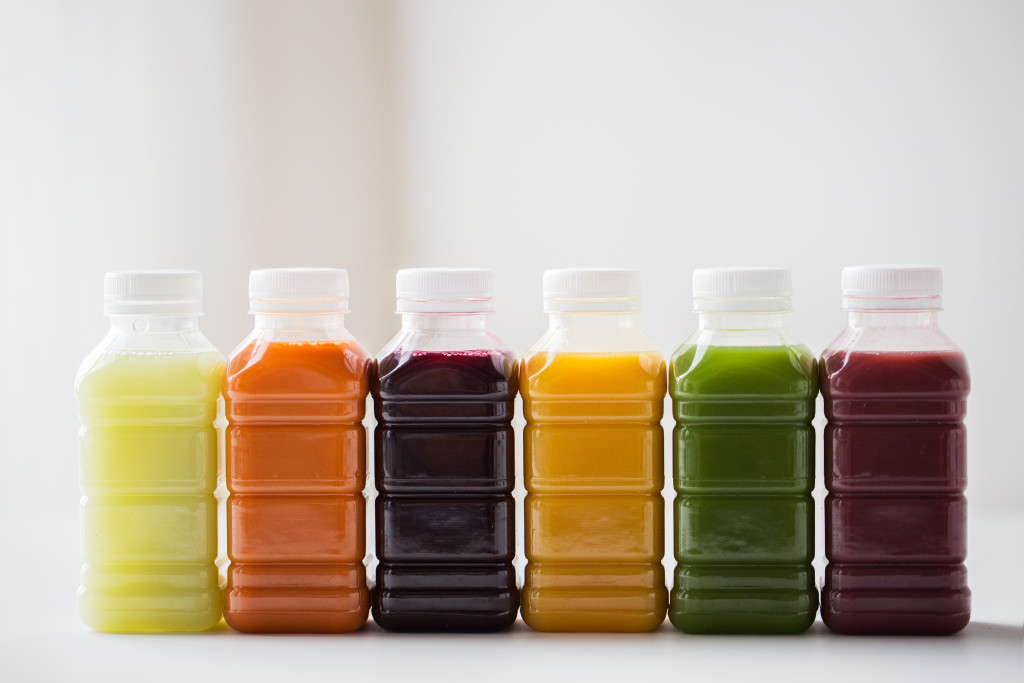If you’re in the food business, then you know just how important packaging is. Not only does it play a role in protecting your product, but it’s also one of the first things that potential customers will see. That’s why it’s so important to make sure that your food packaging design is up to par. Let’s explore some of the reasons why good food packaging design is so important for your business.
1. Good Packaging Design Makes Your Product Stand Out
In a world where consumers are bombarded with choices, it’s more important than ever to make sure that your product stands out from the crowd. One of the best ways to do that is with good packaging design. A well-designed package will grab a consumer’s attention and make them want to learn more about your product. If your packaging is dull or uninspired, on the other hand, potential customers are likely to overlook it altogether.
You may have some ideas about how you want your product to appear, but if you’re not a designer yourself, don’t worry — there are plenty of ways to get help. You can hire a professional product designer to create a package for you, or you can use popular contemporary design ideas to avoid appearing outdated. Whichever route you choose, just be sure to put some thought into it. Don’t leave your packaging up to chance, and if you have the budget, do some market testing and see how your targeted demographics will react to your packaging. That way, your products have a better chance of selling.
2. Good Food Packaging Design Communicates Your Brand Message
Your packaging should be an extension of your brand identity. It should communicate who you are as a company and what you stand for. Consumers should be able to look at your packaging and immediately get a sense of what your brand is all about. This is something that product designers are more skilled at, but there is a way to learn more about this. Examine the packaging of other similar products to yours, as well as market leaders. Their product packaging usually uses design cues that are similar to their organization’s projected image; for example, Whole Foods tries to create a clean and organic look by using earth tones and bright greens in their packaging prints, which are reminiscent of wood, leaves, and the Earth. Other companies use barn- and grass-inspired design cues to project that the product is fresh from the farm, while others use bright colors to project exuberance and high energy. Make sure to clearly state important details such as health claims, nutritional facts, allergens, and ingredients — not only are some of these required by law, but showing them communicates transparency.
3. Good Food Packaging Design Is Functionally Sound
In addition to being aesthetically pleasing, your packaging should also be functional. First off, it should be easy to open (and close, if necessary). For food products, you have to remember that many people will open them when they want to eat — if your product’s packaging is hard to open, they will likely not want to buy again. Second, your packaging should facilitate easy storage and deter spoilage. Most products utilize some form of symmetry in their design to accommodate storage. Make sure to use airtight seals to preserve the integrity of your products, too. Last but not the least, the packaging should protect your product from transport damage. Customers will not buy broken or spoiled food, and even if they buy them because they didn’t see the damage, they’ll likely not buy them again.
Improving packaging design for ease of use, storage, and transport takes intensive research. Again, hiring a packaging designer is the best choice, but small business owners still have ways to improve. First, imagine yourself as a customer or a supplier, and test your product’s packaging yourself. Stack your products on top of each other in a tight space, take your products in your car or truck, then try to open them. You can also look at alternatives from your packaging suppliers. Get samples and test them out, and better yet, hand out samples for testing to people who can be honest with you and people you can easily contact for feedback.
If your packaging isn’t up to par on these three fronts, it will reflect poorly on your brand and cost you sales down the line.
4. Good Food Packaging Design Makes Production Easier
Well-designed food packaging can help to streamline the production process, making it faster and easier. Fast production equates to more products, allowing you to turn in a bigger profit by the day. On the other hand, ease of production contributes to both speed and costs; if you make fewer mistakes, you lose less money in production. All of these are big advantages for businesses.
To improve your packaging for efficiency, examine how your packaging affects your packaging process and vice-versa. Imagine what changes you can make to your packaging to improve efficiency and lessen errors. If you don’t have a packaging designer or don’t make your own packages, look at alternatives from your suppliers and imagine how they would work in your current process. Get samples and test them, too.
By using effective packaging design techniques, you can make your business run more smoothly and efficiently. Whether you are packaging your products yourself, have an assembly line with mechanical benchtop fillers, or utilize a whole automatic factory, good packaging design contributes to efficiency and productivity.
Conclusion
As you can see, there are many reasons why good food packaging design is so important for businesses in the food industry. If you’re not happy with your current packaging design, or more importantly, if your customers are not happy, now is the time to make a change. Work with a professional designer to create a custom package that accurately reflects your brand identity and your individual products. Your business will be glad you made the investment!
